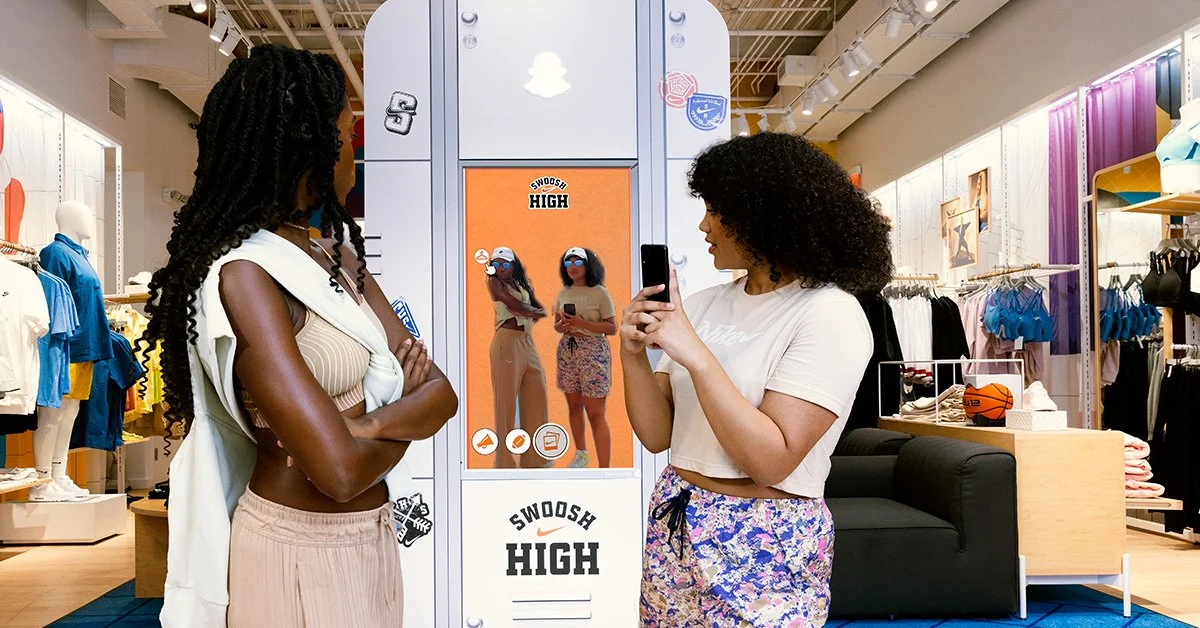Beyond the Headset: How to Make Mixed Reality Feel Human
Immersive and mixed reality are no longer emerging trends. They're here. But as the tech gets better, the bar gets higher. Brands can no longer win with novelty alone.
The question isn't can you build an AR/VR experience. It's should you? And if so, how do you make it matter?
IT’S NOT ABOUT TECH. IT’S ABOUT TOUCH
The best immersive experiences don’t feel digital. They feel emotional.
Gen Z doesn’t want to escape the real world. They want to feel more connected to it. Mixed reality works best when it:
Grounds the guest in their surroundings
Enhances physical moments, not replaces them
Uses interaction to build meaning, not just movement
When you focus on emotional outcomes first, the tech becomes the bridge, not the destination.
Oakley’s RiNo Experiment
Oakley didn’t build a store. They built a dialogue. Their Denver launch weaves tech into the DNA of place: a lens wall that reacts to movement, a customization zone that feels personal, and a digital “smart shopper” tool that’s as much lifestyle as utility.
MIXED REALITY THAT WORKS STARTS WITH A STORY
Attention isn’t earned through spectacle. It’s earned through narrative.
Build the story first, then layer the tools:
What do you want the audience to feel?
Where does their story intersect with yours?
What moment will they talk about tomorrow?
That’s how tech becomes memory.
Coca-Cola’s Magical AR Vending Machine
Coca-Cola used gesture-based interaction and augmented reality overlays to turn a simple product moment into an emotional one. Guests didn’t just buy a drink, they interacted with animated characters and co-created the experience in real time, blending physical presence with digital delight.
IMMERSION ISN’T ESCAPE. IT’S INTENTION.
If your audience leaves your activation more disconnected, distracted, or disoriented, you didn’t go immersive. You went invisible.
Real mixed-reality design:
Starts with why
Anchors to a place, time, or feeling
Ends with clarity, not confusion
When you design from that place, mixed reality doesn’t replace connection. It deepens it.
Nike’s AR Mirror in Williamsburg
Nike didn’t launch a feature. They launched a feeling. In its 2025 Brooklyn flagship, a gesture-based AR mirror let shoppers try on caps and glasses—no app, no friction. Powered by Snapchat, the experience blended motion with identity, giving guests a moment of discovery that felt more playful than promotional.
“Nike AR Mirror Case Study.” Mekongverse, 15 July 2025, https://mekongverse.co/2025/07/15/nike-ar-mirror-case-study/.
Want to build something worth remembering?
Let SoHo bring your story to life and make moments that matter.



